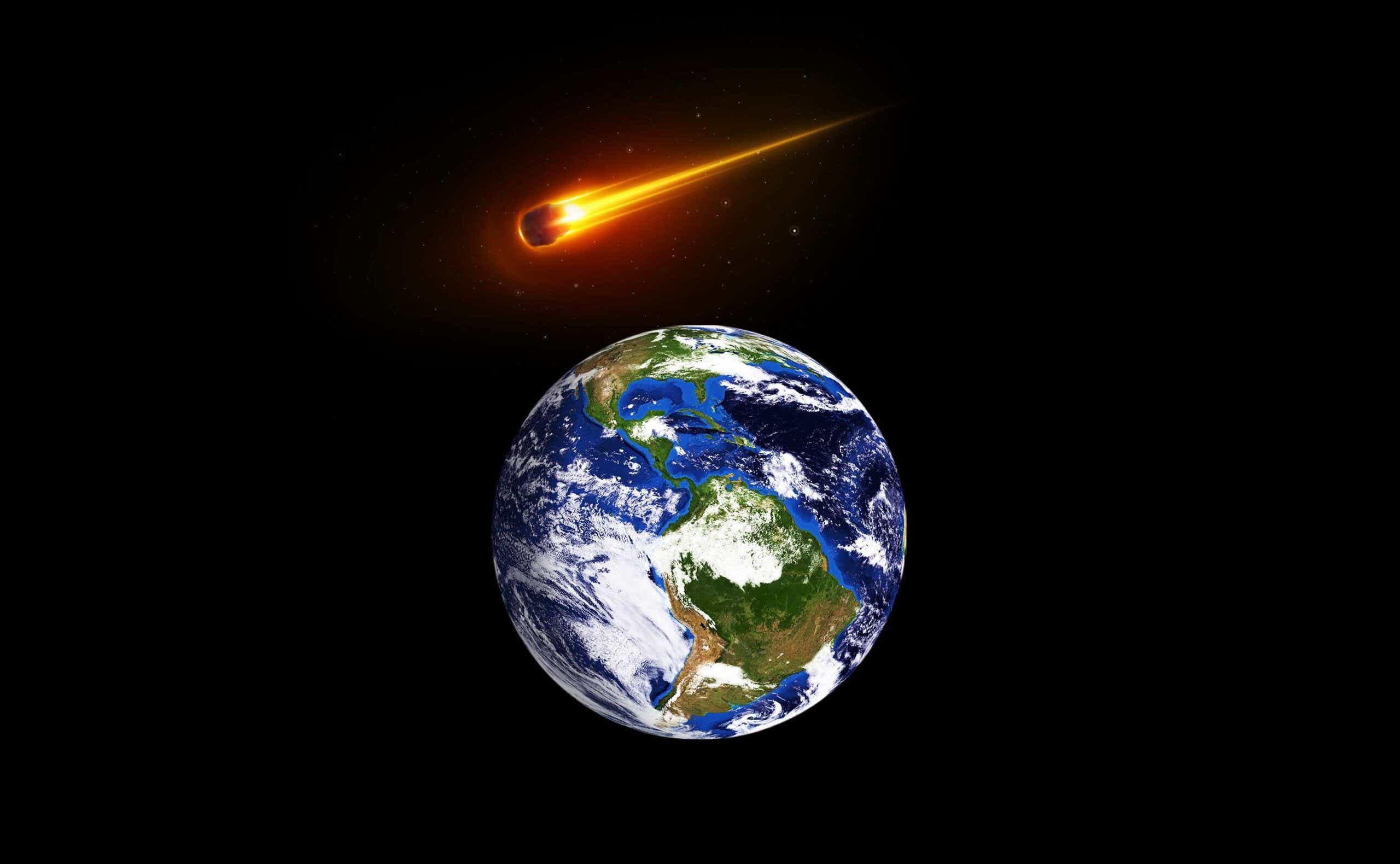Here’s what you need to know about just how close it’ll be.
A massive asteroid that’s being compared in size to some of the world’s largest monuments is set to get very close to Earth on Dec. 11 — at least by cosmic standards. Here’s the scoop on the out-of-this-world flyby.
Just how big is this asteroid?
The asteroid is called 4660 Nereus, and it was discovered back in 1982. It’s 1,082 feet long, which many publications are pointing out is bigger than the Eiffel Tower’s 1,063-foot stature.
Also notable is what this space rock is actually made of. It contains a mix of nickel, iron, and cobalt that has been valued at a staggering $4.7 billion because of the quantities of those materials.
Should we be worried?
On Dec. 11, the asteroid (which travels at a mind-boggling speed of about 14,719 miles per hour) will come closer to the Earth than it ever has since it was first discovered. But you can rest easy: that still means 4660 Nereus will be 2.5 million miles away from our planet. To give you a little context, that’s about 10 times further away than the moon.
Nonetheless, NASA has classified the asteroid as “potentially hazardous” because of how near to Earth it will be, but there’s no risk of it coming close enough to blast us into oblivion.
Do asteroids fly close to Earth frequently?
A much smaller one, which measures 390 feet and is called 1994 WR12, flew past Earth in late November at a distance close enough that some Californians were able to spot it using a telescope lens.
Looking ahead, the asteroid 2003 SD220 will zoom past us on Dec. 17. That one’s even bigger than the one paying us a distant visit this week — 2003 SD220 is a whopping 2,595 feet long, which is only about 200 feet shorter than the world’s tallest building, the Burj Khalifa in Dubai, which measures 2,717 feet. But again, there’s nothing to fear — that asteroid will be even further from Earth at a distance of 3.4 million miles.
What if an asteroid were headed straight for our planet?
NASA has a plan for that. Last month, the agency launched a mission called the Double Asteroid Redirection Test (or DART), which involves sending a 1,200-pound spacecraft hurdling toward a small asteroid. The two are expected to collide next year, and that’s the point — NASA is testing whether it’s possible to use a strategic crash to alter the path of an asteroid that’s coming toward us.
“We’re doing this work and testing this DART capability before we need it,” Lindley Johnson, NASA’s chief of planetary defense, told The New York Times. “We don’t want to be flying an untested capability when we’re trying to save a population on the Earth’s surface.”
Funnily enough, this scenario is the exact plot of the soon-to-be-released Netflix film Don’t Look Up, which is one of our most anticipated upcoming movies. We’re feeling pretty happy about the fact that NASA’s got our backs and we can enjoy this emergency story as mere fiction.








